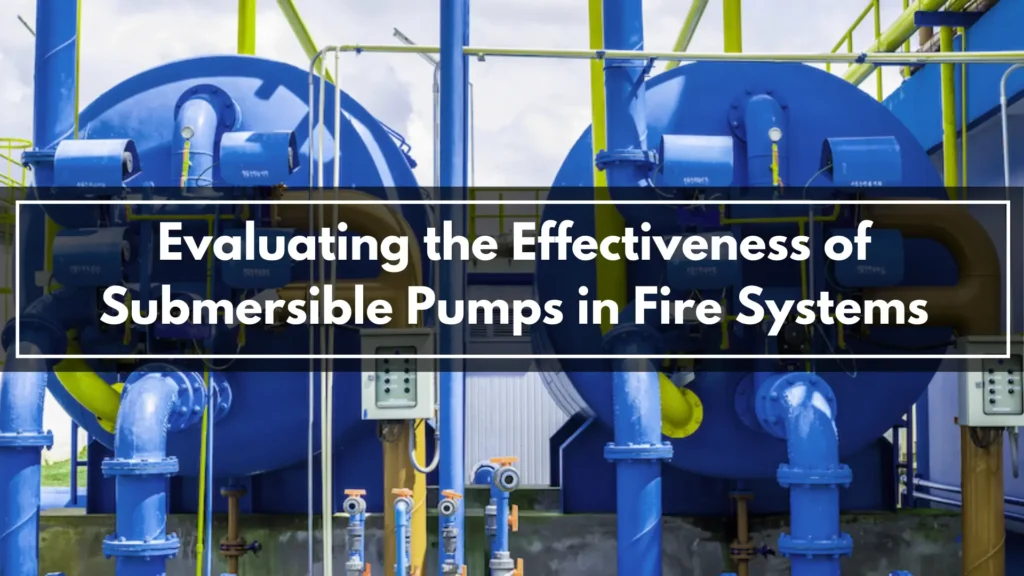Submersible pumps are defined as special types of machines that work entirely submerged in liquids.
Unlike other pumps that are installed over a water source, submersible pumps are entirely submerged underwater, thus reducing the chance of cavitation. However, these pumps flow with the liquid inside it.
It can work with various types of fluids, including water, sewage, chemicals, and many more; hence, they serve various applications.
Water supply should be very reliable in the fire emergencies for true firefighting.
Submersible pumps are basic components of the fire protection systems, in providing the steady and strong flow of water every time.
Quick access to water helps firefighters in firefighting control or suppression, saving lives and property.
Submersible pumps are characterized by their heavy-duty construction and closed design, which prevent the intrusion of water into the motor.
These are usually made from corrosion-resistant materials like stainless steel or thermoplastics so that they can resist a hostile environment and work efficiently for long periods.
Furthermore, their compactness makes installation perfect in different kinds of environment applications including basements, tanks, and underground reservoirs.
How Submersible Pumps Operate
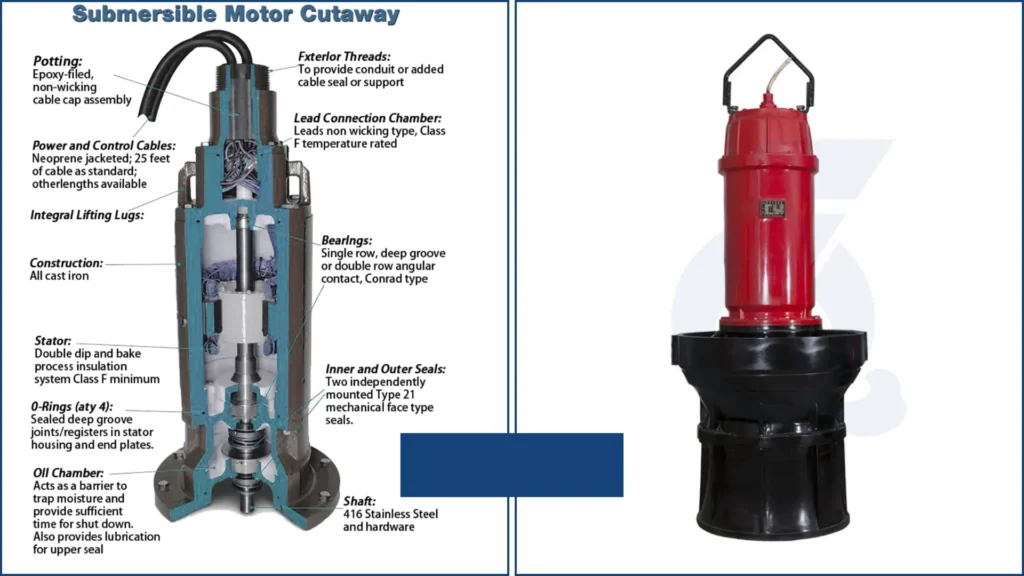
Principles of Operation
Submersible pumps work on the principle of converting the rotational energy produced by an electric motor into kinetic energy.
This is achieved through a high-speed rotating impeller that creates a pressure gradient and drives fluids through the pump and out the discharge pipe.
Thus, the operation of the pump ensures that water remains available at the place at all times for firefighting.
Components
A typical submersible pump normally has several key components, including the motor, impeller, and discharge outlet.
The motor is usually hermetically sealed from the environment to protect it from water damage, whereas the impeller is designed to maximize flow efficiency.
The discharge outlet delivers water to discharge wherever it is needed and available to firefighters immediately.
Types of Submersible Pumps
Submersible pumps come in various types, and each type serves a specific application.
Multistage pumps are preferred most for fire systems because it is capable of giving high-pressure as well as high flow rates conducive to firefighting.
Others, for instance, may include sewage pumps for handling waste or dewatering pumps to drain flooded areas.
It is important to know these diverse categories so that the user can make the appropriate selection of the pump for firefighting applications.
Advantages of Submersible Pumps in Fire Systems
Reliability in Emergencies
Submersible pumps are among the most reliable of all systems when it comes to emergency service.
These pumps are designed for effectiveness in some of the very worst operating conditions and minimize mechanical failure at the time they are needed most.
Their ability to maintain a regular flow of water under pressure is critical to true fire fighting application.
Space Saving
Submersible pumps are compactly designed; thus, their installation can be done almost at any site including the basement, the tightest corner or underground reservoir.
Such space-saving installations gain more benefits in urban centers where space allowance for installations is largely limited. They help to incorporate fire protection systems into existing structures.
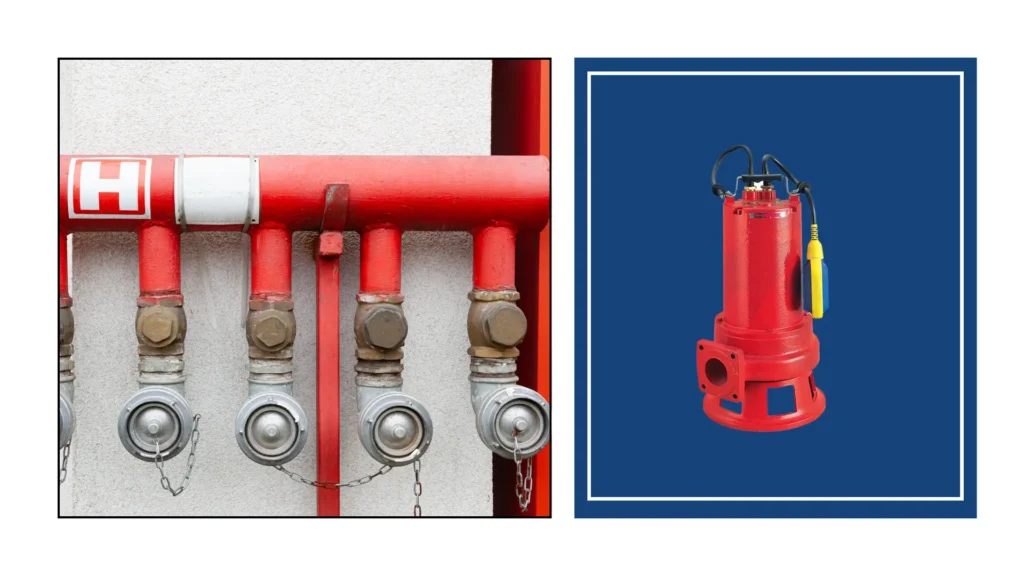
Energy Efficient
Submersible pumps are relatively energy-efficient as they consume less energy than the conventional surface pumps.
It reduces the energy consumption while ensuring efficiency in performance.
This reduction not only gives savings in operational costs, but it also adds to environmental sustainability by carbon footprint reductions attributed to fire protection systems.
And More:
- Submersible Pumps in Urban Firefighting Strategies
- The Role of Submersible Pumps in Fire Protection Systems
- Submersible Pumps: Critical Components in Fire Suppression
Maintenance for Optimal Performance
Periodic Surveys
Permanent pumps can only be effective if the inspections done are regular. Inspections that are carried out at certain frequencies can assist in identifying early signs of wear through unusual sounds or vibrations.
Early treatment of these minor-to-major issues can help avoid pump failures at emergency points.
Cleaning Methods
Cleaning the pump is important for it to perform efficiently. When debris and sediments build up in the pump, they may cause clogging and reduce the pump’s efficiency.
Establishing a regular cleaning program should help prevent the pump from being contaminated and hence enable a steady flow of water and also lead to an extended life of the pump.
Professional Servicing
As much as the professional servicing of submersible pumps can give one a level of understanding with respect to their operation, trained technicians are able to carry out thorough inspections and undertake repairs, thereby ensuring that pumps run within all operational standards.
The most prized asset of professional maintenance is reliability and safety in fire protection systems.
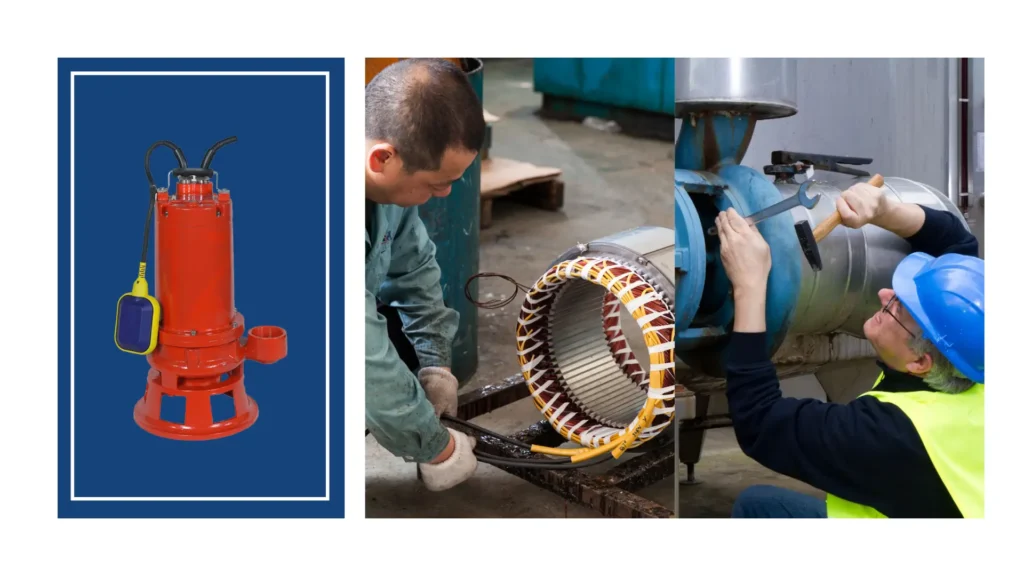
Challenges in Using Submersible Pumps
Risk of Clogging
One of the everyday problems experienced with submersible pumps is the fact that they are easily blocked with debris or sediment, preventing the free flow of water and resulting in reduced pumping eficiency.
Each submersible pump should be fitted with a mesh filter or a screen to prevent debris entry into the pump and, thus, guarantee smooth operation.
Electrical Issues
Downgrading the power performance of pumps can result from electrical failure.
Electrical malfunctions like a short circuit or electric power surge would put the pump idle.
Regular electrical maintenance and inspecting can prevent such risks to keep the pump in motion whenever it is needed.
Risks Related to Overheating
Overheating is another likely phenomenon of submersible pumps.
An unattended cooling problem induces an overheated state, culminating into a motor failure.
Cooling systems with temperature monitoring during the operation will prevent overheating and thus keep the pump within safe working limits.
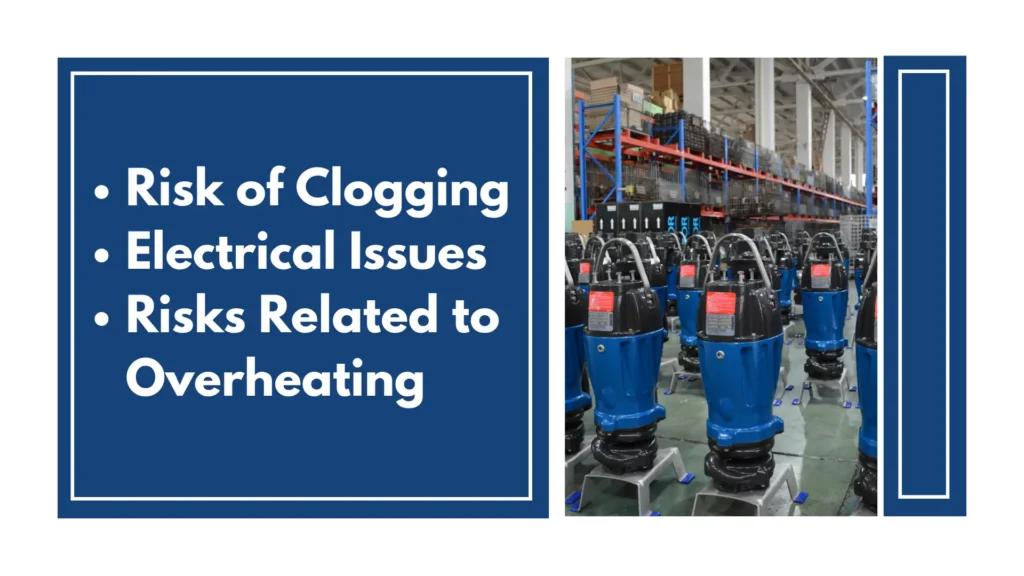
Selecting the Right Submersible Pump
Evaluating Requirements
When ready to buy a submersible pump, one needs to analyze thoroughly the special requirements of their fire protection system.
Consider the flow rate, head height, the type of fluid you are pumping, and other parameters that ensure that you will end up with a pump that meets your operational needs.
Consulting Industry Experts
Through consultancy with industry experts, one would find that they would take you through all the options of submersible pumps, therefore ensuring that this important equipment is being used effectively in achieving your goals of fire protection.
Comparison of Options
It is also necessary to always compare the different brands and models of submersible pumps before making a decision.
Consider the energy consumption as well as warranty terms and customer support. Read through user reviews and recommendations to make an informed choice.
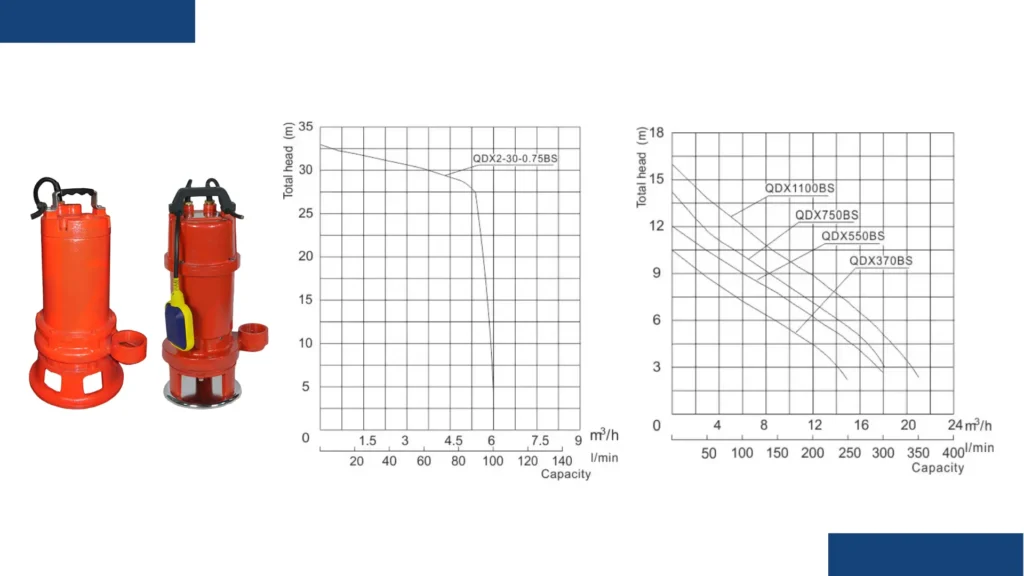
Innovations in Submersible Pump Technology
New Developments in Design
Modern pump design improvements are all geared to the heightening of efficiency and reliability.
Technologies and new materials that have been proven effective agency will ensure that the modern submersible pumps will be more effective in the demanding applications of fire protection.
Intelligent Pumping Solutions
Now most modern submersible pumps show their Intelligence in terms of remote monitoring and diagnostics.
The development allows a company to use processes that would be required for real-time operations in order to collect performances, detect near-failures, and manage proactive maintenance for availability during emergencies.
Environmentally Sustainable Options
The industry has turned its attention to offering green solutions.
Green submersible pump options reduce energy consumption and environmental pollution.
Adopting these pumps will help a company improve its firefighting solutions and help create a greener earth.
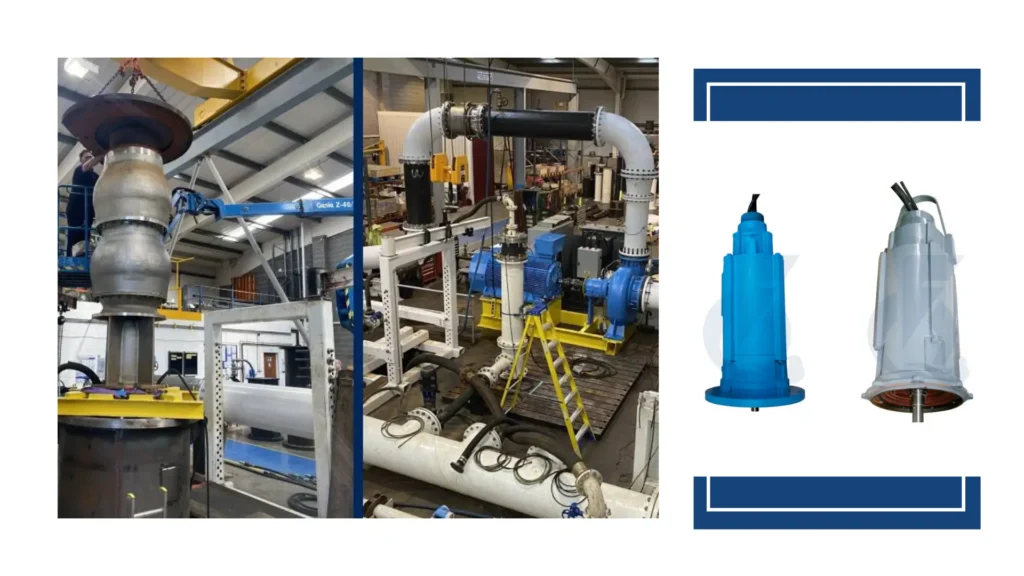
Conclusion
Submersible pumps, being the best in all regards, are an important part of any fire protection system.
They provide a matchless advantage, being extremely reliable, energy efficient and compact which can be used in emergency situations.
The availability of water is the most important parameter to be taken into consideration for successful firefighting.
Investing money in a good submersible pump is actually an investment in safety and security.
It does not only save lives through an active pump, but it actually saves property from getting burned.
Quality and maintenance become part of the overall strategies of many organizations on fire protection.
As technology advanced and will advance further, submersible pumps will be at the heart of fire safety solutions.
This will help organizations stay ahead of improvements in pump technology and maintenance practices to ensure operations for effective and reliable fire protection systems in place.

